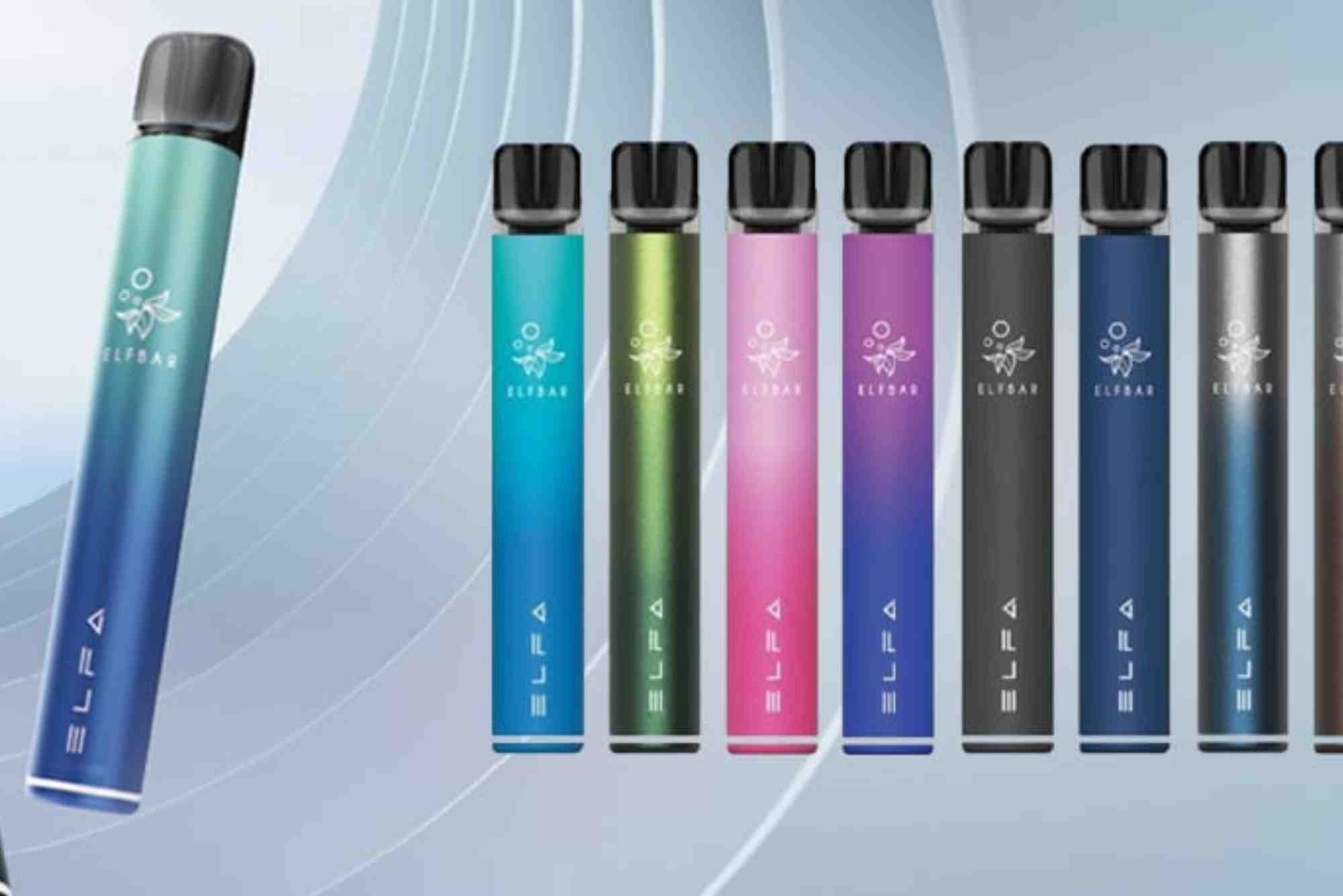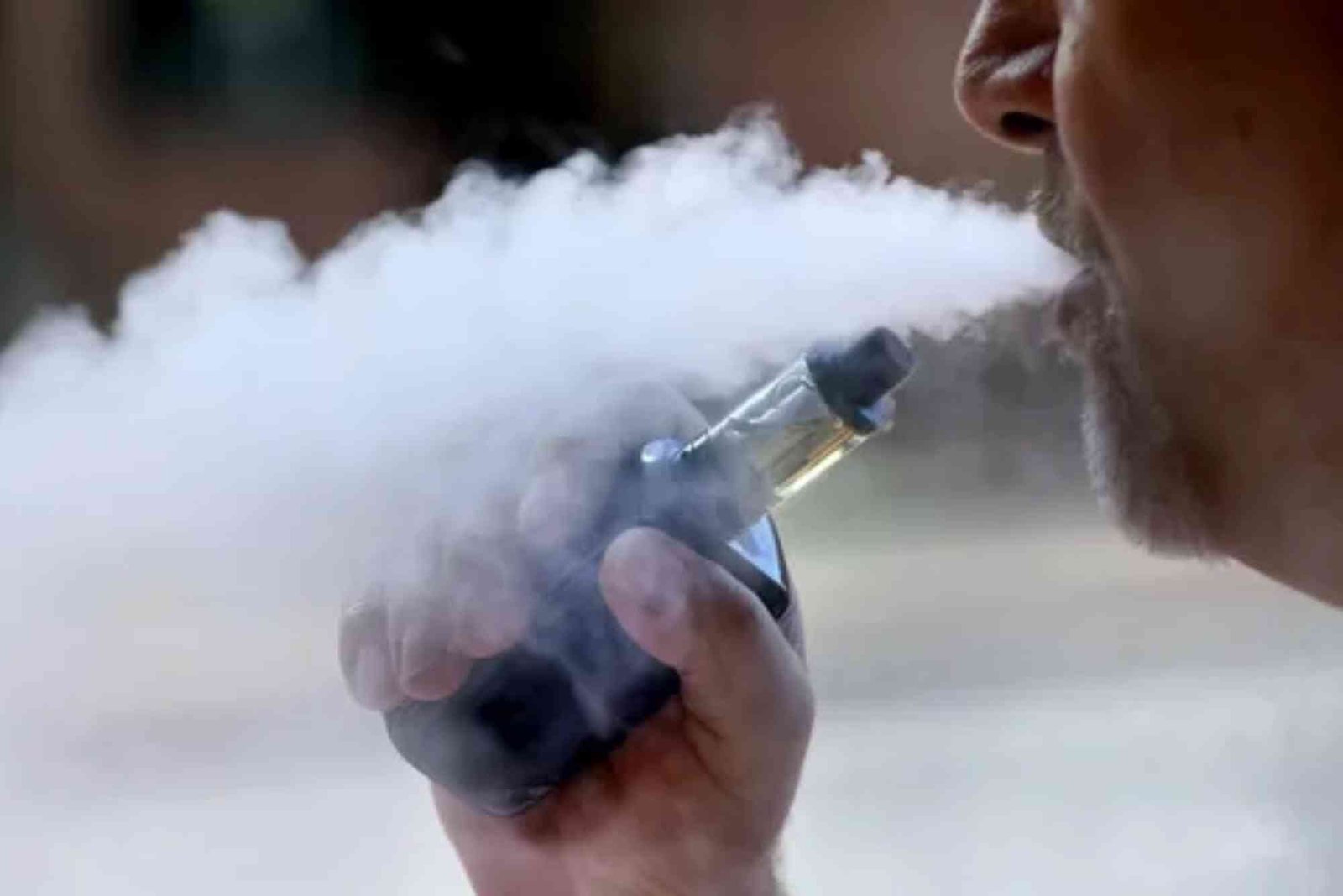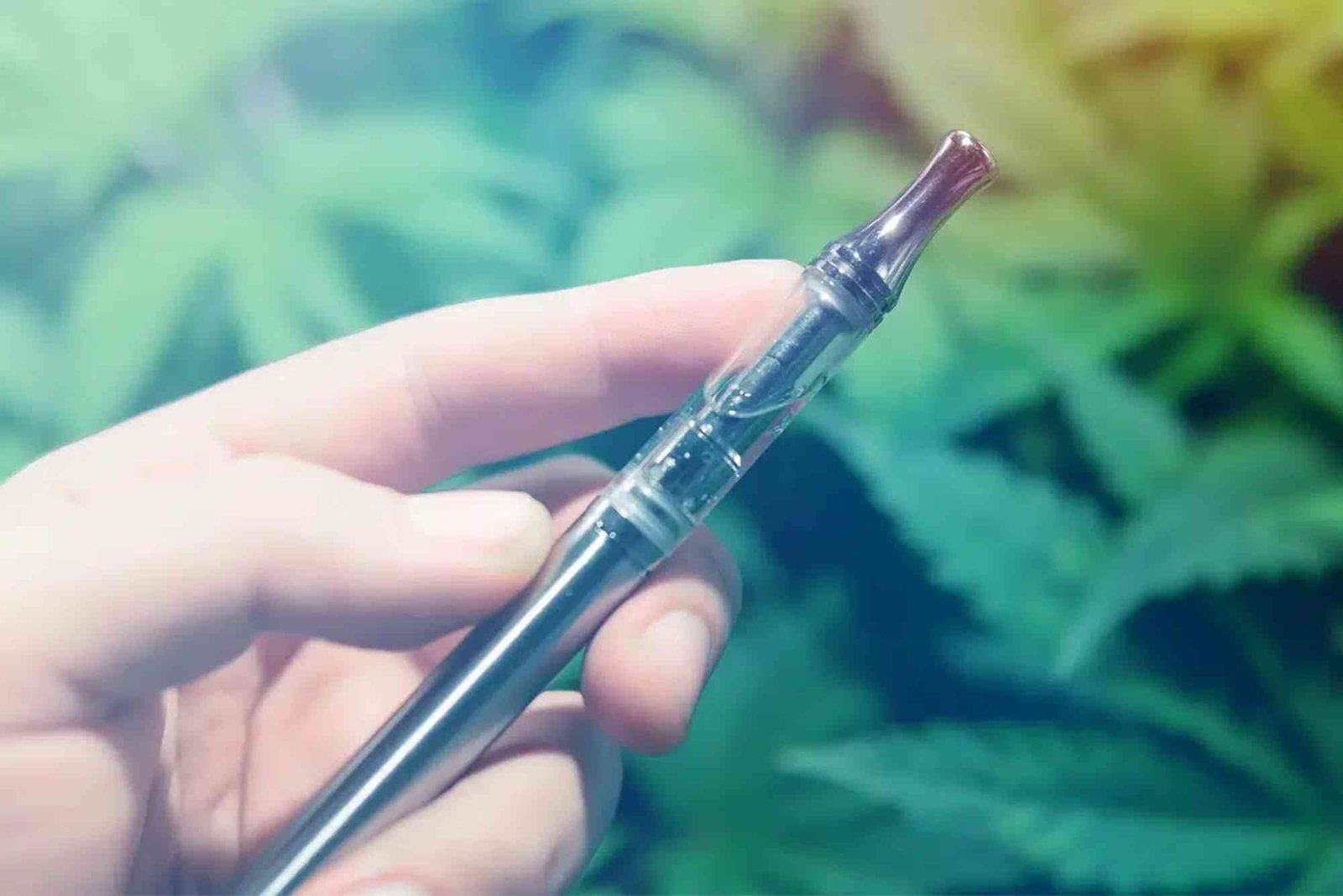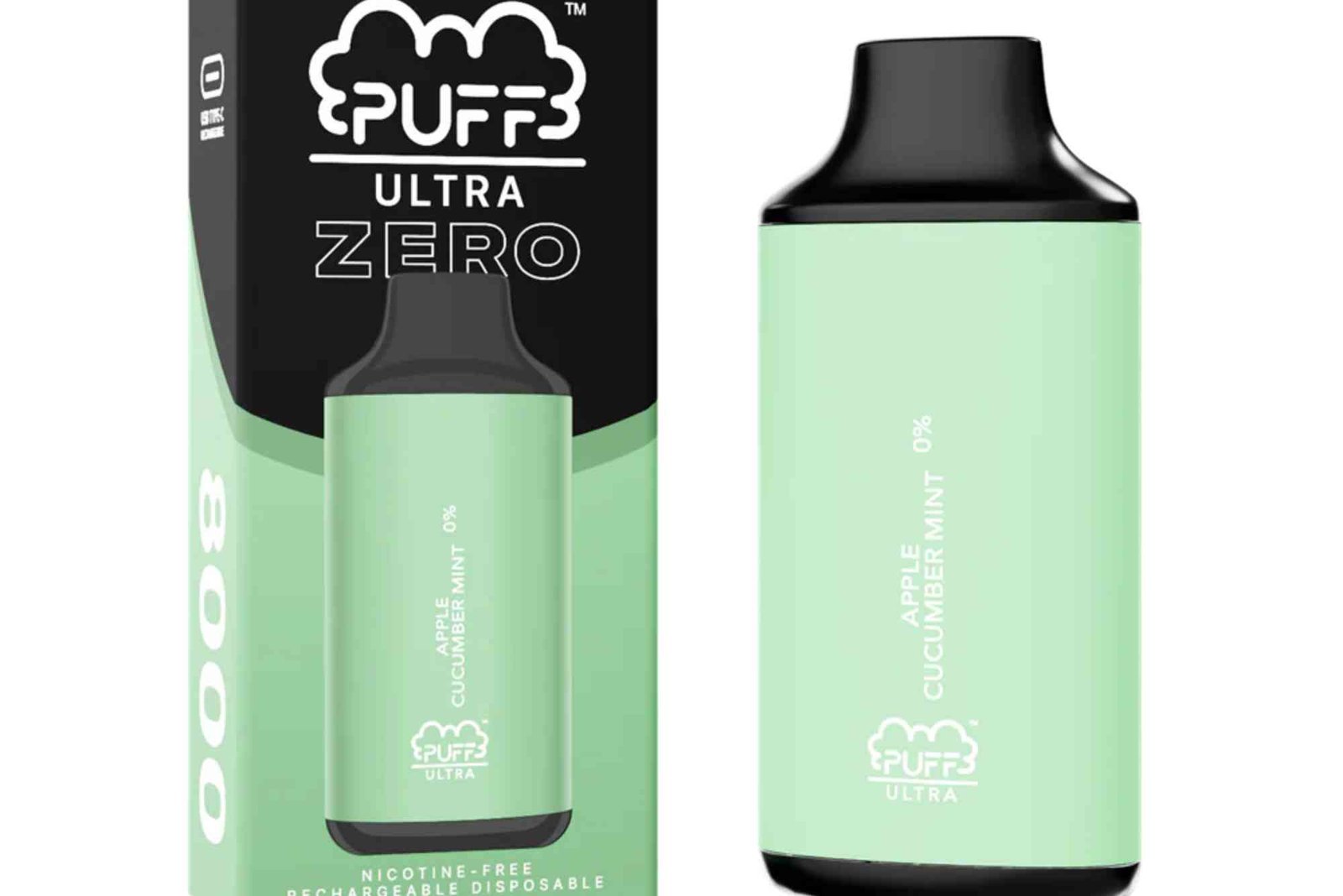Introduction: What You Should Know About Nicotine in Vaping
Nicotine in vaping remains one of the most misunderstood topics in the world of e-cigarettes. While vaping is often positioned as a safer alternative to smoking, the presence of nicotine raises many questions. Is it addictive? Is it harmful? Does it cause cancer? These concerns are valid, especially with increasing interest in vaping as a smoking cessation tool.
In this article, we’ll unpack the role of nicotine in vaping by addressing popular myths, presenting scientific facts, and explaining what it means for your health. Whether you’re a new vaper, a smoker considering the switch, or just curious, this guide will give you the clarity you need.
What Is Nicotine and How Does It Work?
Nicotine: A Natural Compound
Nicotine is a naturally occurring stimulant found in the tobacco plant. Contrary to popular belief, it’s not exclusive to tobacco. It can also be found in smaller amounts in tomatoes, potatoes, and eggplants. Its primary function is to act on the brain’s nicotinic acetylcholine receptors, releasing dopamine and other neurotransmitters.
How Nicotine Affects the Body
When inhaled via a vape or cigarette, nicotine reaches the brain in about 10 seconds. It produces a temporary sense of relaxation and alertness. However, repeated exposure can lead to dependence, especially at higher doses.
Debunking Myths About Nicotine in Vaping
Nicotine Causes Cancer
Fact: Nicotine is not a carcinogen.
While it is addictive, scientific studies, including those from Cancer Research UK, show that nicotine itself does not directly cause cancer. The cancer-causing agents in smoking are actually the tar and chemicals produced by burning tobacco—not nicotine.
All Vapes Contain Nicotine
Fact: Not all vapes contain nicotine.
There are nicotine-free e-liquids available. These are often chosen by former smokers who enjoy the hand-to-mouth action of vaping without the addictive substance.
Vaping Nicotine Is as Harmful as Smoking
Fact: Vaping is significantly less harmful than smoking.
According to Public Health England, vaping is around 95% less harmful than smoking combustible tobacco. While not risk-free, vaping nicotine does not expose the user to the thousands of harmful chemicals in cigarettes.
Nicotine Damages the Heart and Lungs Directly
Fact: Nicotine can increase heart rate and blood pressure, but the long-term damage in smokers comes from other toxins.
More research is needed on its direct effects in vapers, but so far, most evidence points to significantly lower risks compared to smoking.
Understanding Nicotine Addiction in Vaping
How Addictive Is Nicotine?
Nicotine is highly addictive. When inhaled, especially in high concentrations, it can lead to dependence. Vapers using high-nicotine e-liquids may find it hard to quit or cut down, particularly if they vape frequently.
Can Vaping Lead to Nicotine Addiction?
Yes, especially in teens or non-smokers.
Youth and non-smokers should be particularly cautious. Vaping devices like pod systems (e.g., JUUL) deliver nicotine efficiently, sometimes in higher amounts than cigarettes.
How to Manage Nicotine Levels While Vaping
Choose your nicotine strength wisely:
- 0mg – For former smokers avoiding nicotine.
- 3–6mg – For light smokers or casual vapers.
- 12–18mg – For heavy smokers transitioning to vaping.
Lowering your nicotine over time can help manage dependency and possibly lead to quitting altogether.
Is Nicotine in Vaping Helpful for Quitting Smoking
Vaping as a Smoking Cessation Tool
Vaping has helped millions of smokers quit, particularly when combined with behavioral support. A study published in The New England Journal of Medicine showed that vaping was nearly twice as effective as nicotine patches or gum for quitting smoking.
Controlled Nicotine Delivery
One major advantage of vaping is customizable nicotine delivery. Smokers can reduce their nicotine gradually, decreasing withdrawal symptoms and increasing success rates.
Health Agencies’ View
Organizations like the NHS and Public Health England support vaping as a tool to quit smoking. However, they recommend it primarily for adult smokers, not for youth or non-smokers.
Health Risks of Nicotine in Vaping
Short-Term Effects
Some common short-term effects include:
- Increased heart rate
- Dizziness or headaches
- Nausea (if the dosage is too high)
These usually fade as your body adjusts to nicotine intake.
Long-Term Uncertainties
The long-term effects of vaping nicotine are still under investigation. However, experts agree that vaping is far less harmful than smoking and a better alternative for those unable to quit nicotine altogether.
Nicotine and Youth Brain Development
Adolescents are particularly vulnerable. Nicotine may impact memory, attention, and impulse control during brain development. This is why vaping should be avoided by teenagers and young adults who have never smoked.
Frequently Asked Questions About Nicotine in Vaping
Does nicotine in vaping harm your lungs?
Nicotine doesn’t directly damage lung tissue like tar from smoking. However, inhaling flavored aerosols or chemicals may cause irritation. Research is ongoing.
Is vaping safer than smoking?
Yes. Most health organizations, including the CDC and NHS, state that vaping is a safer alternative to smoking but not risk-free.
Can you vape without nicotine?
Absolutely. Many e-liquids come in 0mg nicotine options for those who want to enjoy vaping without addiction risk.
How long does nicotine stay in your system?
Nicotine usually stays in the body for 1–3 days. Cotinine, its byproduct, may remain for up to 10 days, depending on usage frequency.
Is nicotine-free vaping addictive?
No, not physically. But some users may develop a behavioral habit or psychological dependence on the act of vaping itself.
Responsible Use of Nicotine in Vaping
Best Practices
- Start with the lowest effective nicotine level.
- Avoid vaping if you’re a non-smoker.
- Monitor your usage to avoid increasing your dependency.
Who Should Avoid Vaping Nicotine?
- Pregnant women
- People with heart conditions
- Non-smokers and teens
If you’re unsure, consult a healthcare provider before starting or continuing nicotine use in any form.
The Future of Nicotine and Vaping
Innovation in Nicotine Alternatives
The vaping industry is evolving. New nicotine delivery methods like nicotine salts and synthetic nicotine are growing in popularity. These allow smoother hits at lower concentrations, reducing harshness and possibly limiting harmful exposure.
Regulation and Public Awareness
Global authorities are tightening rules around vape sales and marketing. This includes age restrictions, flavor bans, and clearer labeling to prevent misuse and underage use.
Public Education Is Key
Understanding the role of nicotine in vaping can empower users to make informed choices. The more we separate fact from fiction, the more effective public health strategies can become.
What You Need to Remember
Nicotine in vaping is a complex topic, but separating myths from facts helps make smarter health decisions. While not risk-free, vaping nicotine is considerably safer than smoking. It can serve as an effective smoking cessation tool when used responsibly.
However, it’s not meant for non-smokers, teens, or those with certain health conditions. Always choose quality products, monitor your nicotine intake, and stay informed with the latest science.
Ready to take control of your vaping journey?
Explore your options, consult professionals, and choose the nicotine level that suits your goals best.














